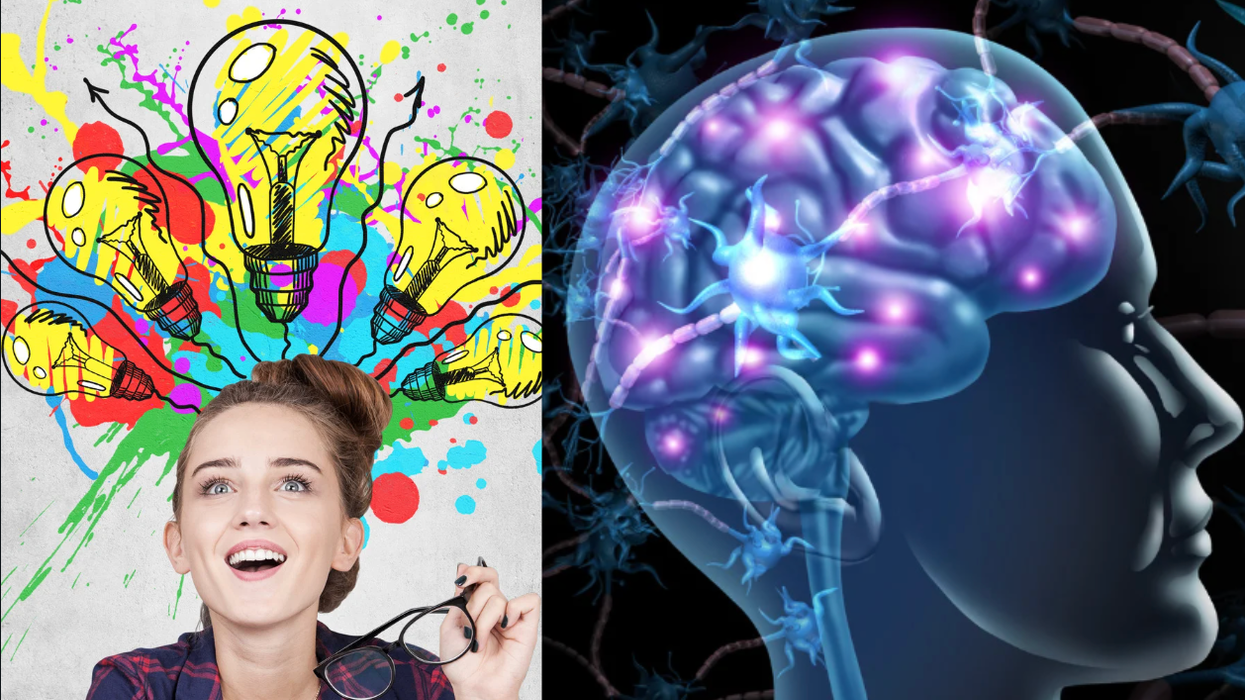The concept of "redistricting" first originated as a way to redraw the boundaries of congressional districts to balance out the country's changing populations. But it has since evolved into a way for elected officials to disenfranchise their constituents. "Redistricting has become an extraordinarily effective political tool for groups in power to limit the electoral strength of others," says John Kim, director of Healthy City Project. If elected officials discover a group of people who they don’t want to listen to, they can easily re-draw the boundaries of their district to shut them out. These techniques are known by painful-sounding names like cracking, packing, tacking, and the worst of all, gerrymandering.
A new project, ReDrawCA, gives the power back to the people by letting citizens all over the state redraw their ideal representative districts and submit them to their elected leaders. In the hands of Committee, the studio of urban planner Jessica Cowley and designers Colleen Corcoran and Rosten Woo, the concept of redistricting is explained by a series of maps and animations that use colored cubes, spheres, and triangles to represent how different "communities of interest" are divided. Here, after learning the technical information, you can draw your own district, have a conversation about it with other users, and submit the boundaries for review by the Citizens Redistricting Commission, who just released draft maps for the state using the 2010 census data.
Ensuring that your district is drawn in a way that most accurately reflects the people who live there is the only way that some residents will ever be able to have a voice, says Kim. For example, Los Angeles's Koreatown, home to the largest concentration of Koreans outside of Seoul, is currently chopped into four different city council districts. When the neighborhood tried to rebuild after the 1992 riots, no single official was responsible for its specific needs, which resulted in a slow recovery. Using ReDrawCA, local residents could demonstrate how new boundaries would encompass a greater swathe of a population that shares a common challenge.
While one goal of ReDrawCA is to serve communities like Koreatown, which have one dominant cultural identity and often lack a strong voice in municipal decision making, another goal of the project is to facilitate cultural diversity within districts by addressing problems that cut across race and class. "It's important that political districts are drawn so that politicians don’t just represent certain people but are also accountable to fixing shared problems such as poor quality schools or high crime or unhealthy environments for our kids," says Kim. Especially in Los Angeles, new boundaries could help enforce the idea of a multi-cultural society. "Given how diverse the city is, we should hope to see multi-racial, unity districts that allow the politician to focus on issues as well as voting blocks."
Live in Los Angeles? Sign up for GOOD LA we'll deposit exactly one good L.A. thing in your inbox each day. You can also follow GOOD LA on Facebook and Twitter.















 Otis knew before they did.
Otis knew before they did.